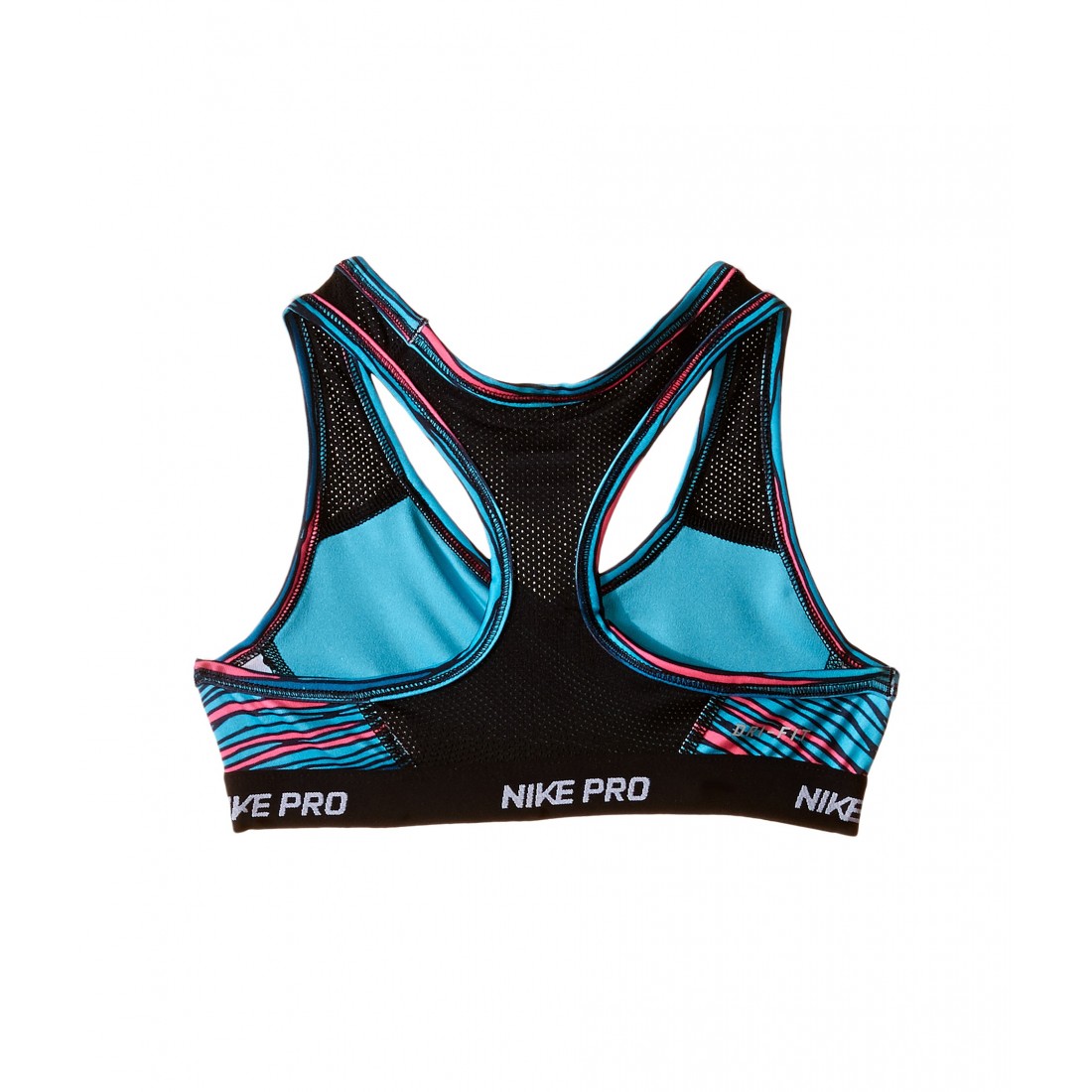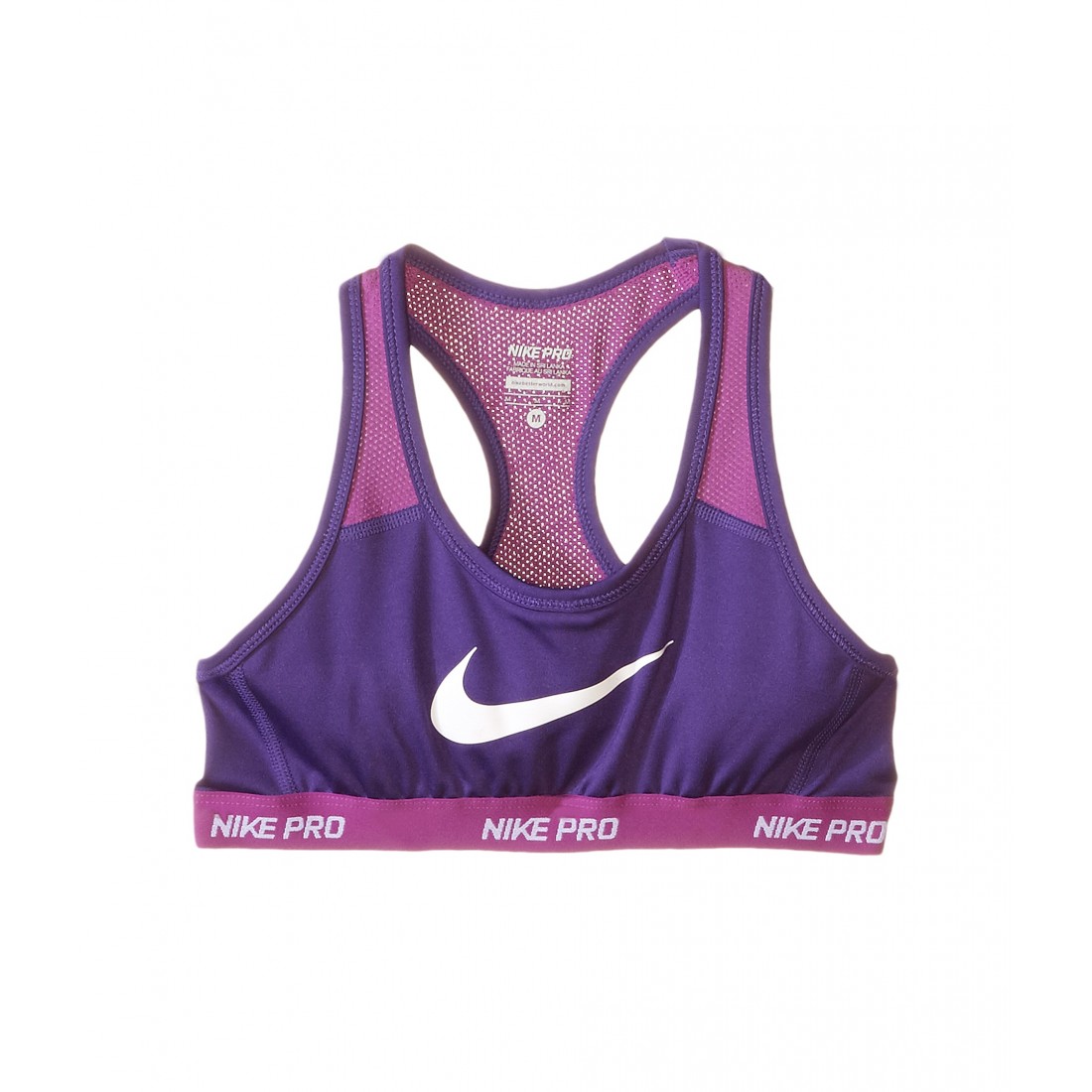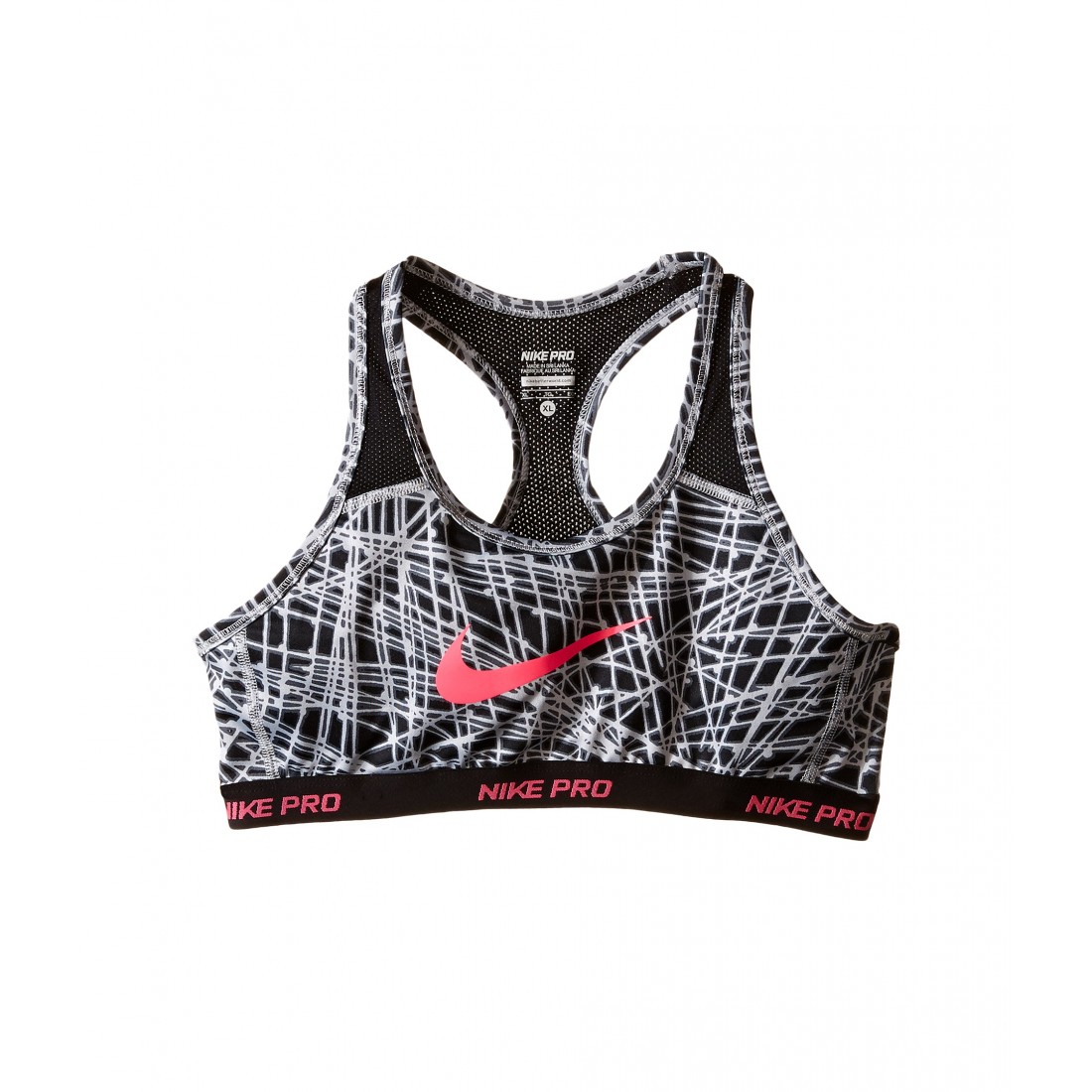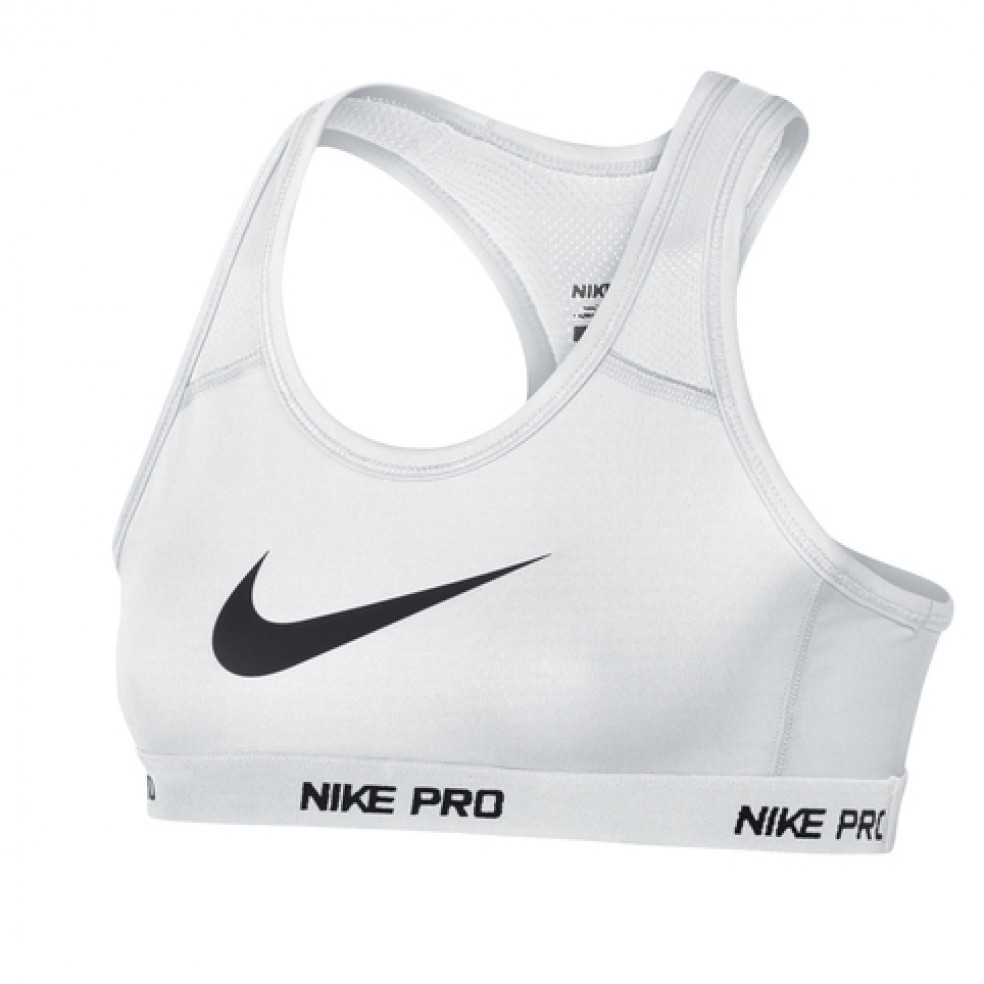
Nike Kids Pro Hypercool Allover Print 2 Sports Bra (Little Kids/Big Kids) | Bra4Her | 6PM8675783 Green Abyss/Black/Omega Blue/White

Nike Kids Pro Hypercool Sports Bra (Little Kids/Big Kids) | Bra4Her | 6PM8466204 Court Purple/Cosmic Purple/White

Nike Kids Pro Hypercool Allover Print 1 Sports Bra (Little Kids/Big Kids) | Bra4Her | 6PM8635204 Wolf Grey/Black/Black/Hyper Pink

Nike Girls Hypercool Pro Sports Bra Black/White 641644-010 Size Large. New Nike Pro Hypercool Junior Girls Spor… | Girls sports bras, Black sports bra, Training bra




















